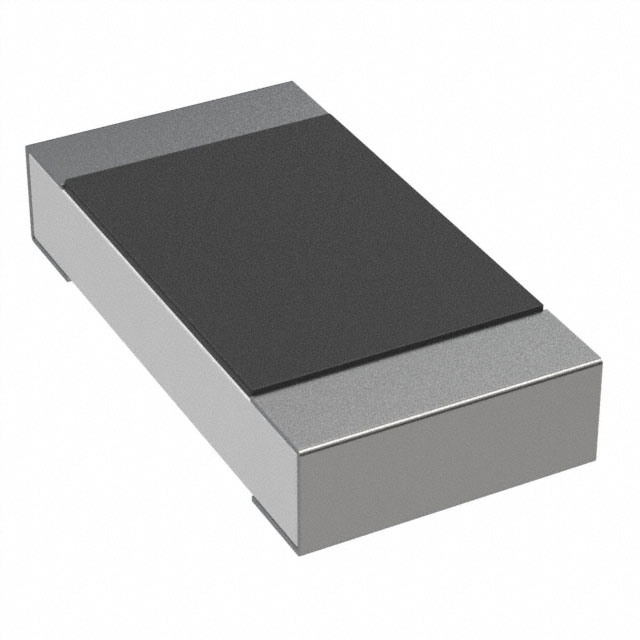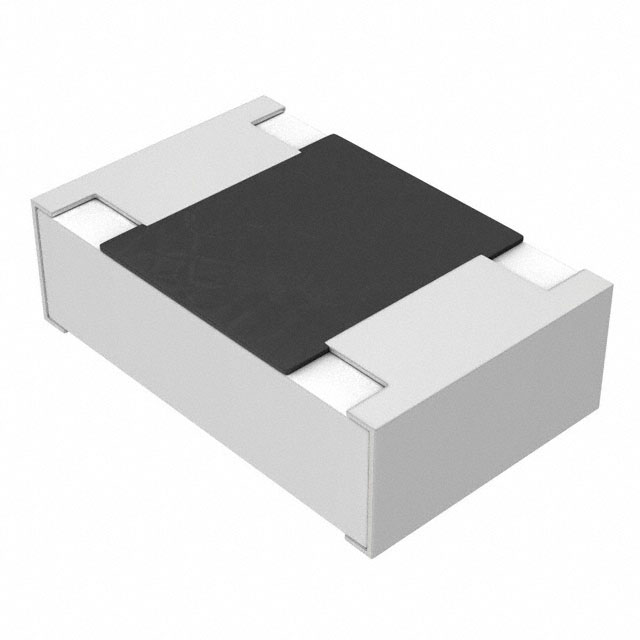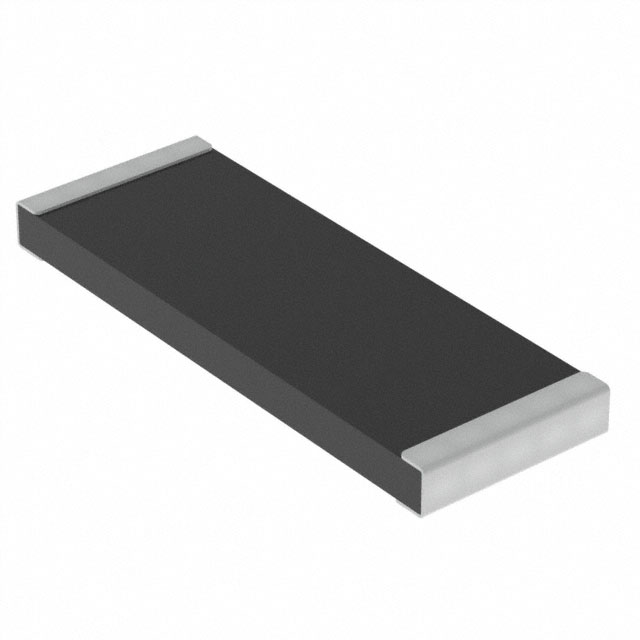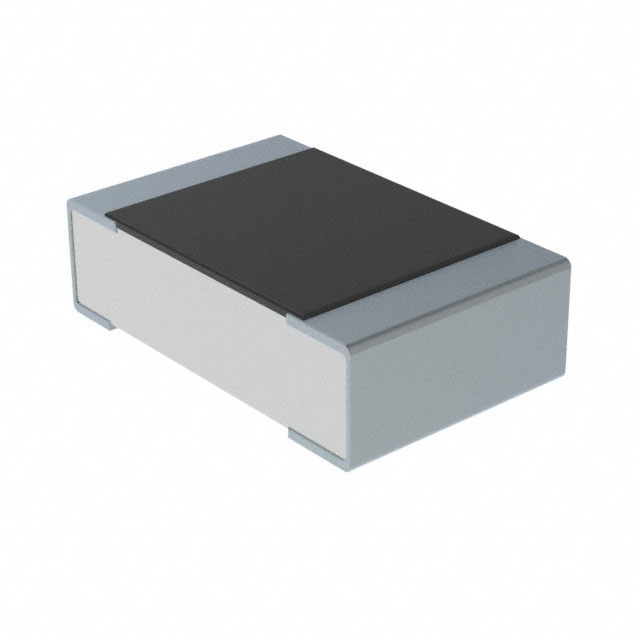
Magnetic Sensor vs Hall Effect Sensor: Key Differences
Global electronic component supplier ERSAELECTRONICS: Rich inventory for one-stop shopping. Inquire easily, and receive fast, customized solutions and quotes.
What is Magnetic Sensor?
.jpg?x-oss-process=image/auto-orient,1/quality,q_70/format,webp)
In its widest definition, a Magnetic Sensor is any device that can sense and react to magnetic fields. These sensors accomplish this detection by making use of a variety of physical events, such as:
Magnetostrictive Effect: The magnetostrictive effect occurs when a material is exposed to a magnetic field and changes in length. Magnetostrictive sensors use this technique to translate changes in magnetic fields into electrical impulses.
Magnetoresistance: Some materials' electrical resistance varies when a magnetic field is applied. By tracking variations in resistance, magnetoresistive sensors use this phenomenon to determine the strength of the magnetic field.
Inductive Effect: A shifting magnetic field can induce a conductor's voltage. This technique is used by inductive sensors to determine the existence, direction, and strength of a magnetic field. Examples of these sensors are fluxgate magnetometers and eddy current sensors.
What is a Hall Effect Sensor?
.jpg?x-oss-process=image/auto-orient,1/quality,q_70/format,webp)
A Hall Effect Sensor is a type of sensor that detects the presence, magnitude, and direction of a magnetic field using the Hall effect. Edwin Hall discovered the Hall effect in 1879. It is the phenomenon where a magnetic field applied perpendicular to the current flowing through an electrical conductor generates a voltage across it, known as the Hall voltage.
What Does a Hall Effect Sensor Do?
Sensing whether a magnetic field exists and, occasionally, how strong it is is the main job of a Hall effect sensor. There is an indication provided by the generated Hall voltage:
Digital Switching: The sensor can function as a switch by establishing a threshold voltage level. The sensor output flips between on and off states according to how much the magnetic field strength raises or lowers the Hall voltage.
Analog Measurement: The magnetic field strength can be analogously represented by continually measuring the Hall voltage.
Video related to Magnetic Sensor vs Hall Effect Sensor
How Does a Magnetic Sensor Work?
The basic physical principle that a magnetic sensor operates on determines its functioning mechanism. Here's a quick rundown of two typical kinds:
Magnetostrictive Sensor: It makes use of a magnetostrictive substance, frequently in the shape of a rod or strip. The material experiences a minor change in length when exposed to a magnetic field. A transducer, such as a strain gauge, can measure this change in length by converting the mechanical strain into an electrical signal.
Magnetoresistive Sensor: Special materials such as giant magnetoresistive (GMR) alloys are employed to create thin-film resistors. The strength and direction of the applied magnetic field affect these materials' resistance. The sensor measures variations in resistance to ascertain the properties of the magnetic field.
How Does a Hall Effect Sensor Work?
Current Flow: The Hall element is continuously supplied with current.
Magnetic Field Application: The moving charge carriers (electrons or holes) within the semiconductor material experience a Lorentz force when a magnetic field is applied perpendicular to the current.
Charge Carrier Deflection: A voltage differential across the Hall element that is perpendicular to the magnetic field and the current is produced when the charge carriers build up on one side of the element due to the Lorentz force.
Hall Voltage Generation: The Hall voltage is the name given to this voltage differential. The current flowing through the Hall element and the strength of the magnetic field are closely correlated with the size of the Hall voltage.
Signal Processing: Because the Hall voltage is usually relatively low, the signal conditioning circuitry amplifies and processes it to produce a bigger, more useful output signal, which can be either digital or analog.
Magnetic Sensor vs Hall Effect Sensor
While both Hall effect and magnetic sensors are capable of detecting magnetic fields, their workings, applications, and underlying theories are different. Below is a summary of the main differences:
|
Feature |
Magnetic Sensor |
Hall Effect Sensor |
|
Operating Principle |
Diverse (Magnetostrictive, Magnetoresistive, Inductive) |
Hall Effect |
|
Complexity |
Generally more complex design |
Relatively simpler design |
|
Power Consumption |
Can vary depending on the type |
Lower power consumption |
|
Sensitivity |
Can be highly sensitive |
Sensitivity varies by model |
|
Temperature Dependence |
Can be more temperature-sensitive |
Less temperature dependent |
|
Output Signal |
Digital or Analog (type dependent) |
Typically Analog (can be digital) |
|
Applications |
High-precision measurements, harsh environments |
Position sensing, speed measurement, digital switching |
How Do You Take Off a Magnetic Sensor?
The particular application and mounting technique determine the best way to remove a magnetic sensor. Here are a few broad things to think about:
Identify the Mounting Method: Check for any adhesive, clamps, or screws keeping the sensor in place.
Carefully Detach the Sensor: Using the right tools (pliers, screwdrivers) depends on the mounting technique. Use caution so as not to harm the sensor or the surrounding parts.
Disconnect any Wires: In case the sensor is connected, cautiously unplug the cables by adhering to the guidelines provided by the manufacturer.
Important Note: To replace or repair a magnetic sensor, it may be necessary to remove it. To prevent any harm, it's imperative to refer to the manufacturer's instructions or the device's manual for the precise removal process.
How to Test Hall Effect Sensor?
Two main approaches are available for testing a Hall effect sensor:
Multimeter Test (Basic Check): This technique offers a fundamental functioning check. A multimeter and a magnet are required:
In the DC voltage mode, set the multimeter.
Attach the multimeter's positive lead to the power supply pin of the sensor and its negative lead to the ground pin.
Give the sensor some power. The operating voltage (e.g., 5V) of the sensor should be displayed by the multimeter.
Place a powerful magnet near the sensor's assigned sensing area when it is powered on (see the datasheet). A discernible shift in the multimeter value should occur. Depending on the switching threshold, the reading from digital output sensors may suddenly leap to a high or low voltage. Depending on the polarity of the magnet, the voltage for analog sensors may rise or fall.
Take the magnet out of the sensor's way. The multimeter reading ought to go back to where it was.
Important Note: Since this is a rudimentary examination, not all possible problems with the sensor may be shown.
Oscilloscope Test (Advanced): An oscilloscope can be used to thoroughly examine the output signal of the sensor for a more thorough test. With this technique, you can see how the sensor responds to different magnetic field intensities in terms of signal form, noise level, and reaction time. For precise oscilloscope testing instructions, consult the datasheet for the sensor.
Where is Magnetic Sensor Used?
Different kinds of magnetic sensors are used in a variety of fields:
Industrial Automation:
Magnetic position sensors: Monitor conveyor belts or robotic arms in motion.
Current measurement: Utilizing sensors that detect the magnetic field produced by the current, measure the flow of current through wires.
Vibration monitoring: By employing sensors that react to variations in the magnetic field, vibrations in machinery can be found and tracked.
Medical Devices:
MRI (Magnetic Resonance Imaging) machines: To produce precise images of interior organs, use magnetometers and strong magnetic fields.
Pacemakers: Some pacemakers use a kind of magnetic sensor called reed switches to sense variations in the magnetic field of the heart and adjust the pacemaker's settings accordingly.
Security Systems:
Door and window sensors: Door and window sensors work by detecting the separation of magnets inserted into the door or window frame to identify unwanted access.
Metal detectors: Use magnetometers to find out if everything is made of metal.
Transportation:
Anti-lock brake systems (ABS): Use magnetic sensors mounted on wheels to track velocity to ensure that the ABS is working.
Compasses: To detect direction and sense the Earth's magnetic field, use magnetometers.
Where is Hall Effect Sensor Used?
Hall effect sensors are widely employed in many different applications due to their lower power consumption and simpler design:
Consumer Electronics:
Joypad controls: Use magnets to sense thumbstick movement.
Door and window switches: Use a magnet inserted into the frame to detect the presence of a closed door.
Brushless DC (BLDC) motors: Use magnets to sense the position of the rotor to electrically communicate the motor.
Automotive Industry:
Seat occupancy sensors: Recognize the presence of passengers to trigger airbags.
Crankshaft position sensors: Track engine timing by keeping an eye on the crankshaft's rotation. (Although other magnetic sensor types may be used for this purpose in some applications.)
Industrial Automation:
Speed measurement: Use magnetically encoded discs to gauge the rotational speed of shafts or wheels. (Although other magnetic sensor types may be used for this purpose in some applications.)
Flow monitoring: Use magnetic flow meters to find the presence and rate of conductive fluids. (Even though a particular kind of magnetic sensor)
Conclusion
Magnetic field detection and measurement can be achieved with the help of two effective instruments: magnetic sensors and Hall effect sensors. It is essential to comprehend the distinctions between them to select the best sensor for your project requirements, as each has unique properties, working principles, and optimal applications. Due to their many functions, magnetic sensors work well in tough settings and for precise readings. In contrast, Hall effect sensors provide a powerful blend of low power consumption, simplicity, and efficacy for a range of uses, including digital switching, position sensing, and speed measuring. To complete your project, you can choose between these magnetic sensor technologies by taking into account the important aspects mentioned above.
FAQs
What are the advantages of magnetic sensors?
Non-Contact Operation: Removes friction and wear and tear.
Durability: Have a long lifespan and perform dependably in challenging conditions.
Versatility: Appropriate for proximity sensing, speed detection, position sensing, and current measurement.
High Sensitivity: Capable of precisely detecting minute variations in magnetic fields.
Low Power Consumption: Perfect for gadgets that run on batteries.
Fast Response Time: Adapts to magnetic field changes quickly.
Wide Operating Range: Operates efficiently throughout a wide range of magnetic fields and temperatures.
Compact Design: Simple to include in tiny systems and gadgets.
What does a magnetic sensor measure?
A magnetic sensor monitors the strength and direction of a magnetic field in addition to detecting magnetism. Permanent magnets, electrical currents, and even the Earth itself can produce these fields. They are extensively utilized in devices such as security systems, cell phones, and compass navigation.
What is a Hall effect sensor used for?
A Hall effect sensor employs magnetism to identify if an object is present or moving. It detects the voltage produced when a conductor is subjected to a magnetic field. These sensors are widely used in devices such as keyboards, computer mouse, and automobile anti-lock brake systems (ABS).
What is the difference between Hall effect sensor and magnetic sensor?
The key difference is scope:
A magnetic sensor is any sensor that responds to magnetic fields. Magnetic sensors of a particular kind are called Hall effect sensors.
The Hall effect sensor converts a magnetic field into an electrical signal using a specific scientific principle known as the Hall effect. It performs exceptionally well at determining the direction and presence of magnetic fields.
Related Articles
- ·Transistor Symbol: The Blockbuster Guide (With Zero Boring)
- ·ICD Electronics: Tiny Lightning, Relentless Reliability
- ·Smart Pill Dispensing Electronics: From Missed Doses to Mission Control
- ·Conditional Access Module (CAM): The Pay-TV Gatekeeper Engineers Actually Enjoy Reading About
- ·NC Formula Semiconductor: The Blockbuster Guide You Didn’t Know You Needed
- ·Electrosurgery Electronics: Turning RF Into a Surgical Superpower
- ·Endoscopic Imaging Electronics: Tiny Optics, Big Picture
- ·Instrument Cluster: The Dashboard Wizard That Makes You Feel Like Iron Man
- ·X-ray & CT Electronics: From Kilovolts to Reconstruction
- ·MRI Core Electronics: From Quench to K-Space


















.png?x-oss-process=image/format,webp/resize,h_32)










